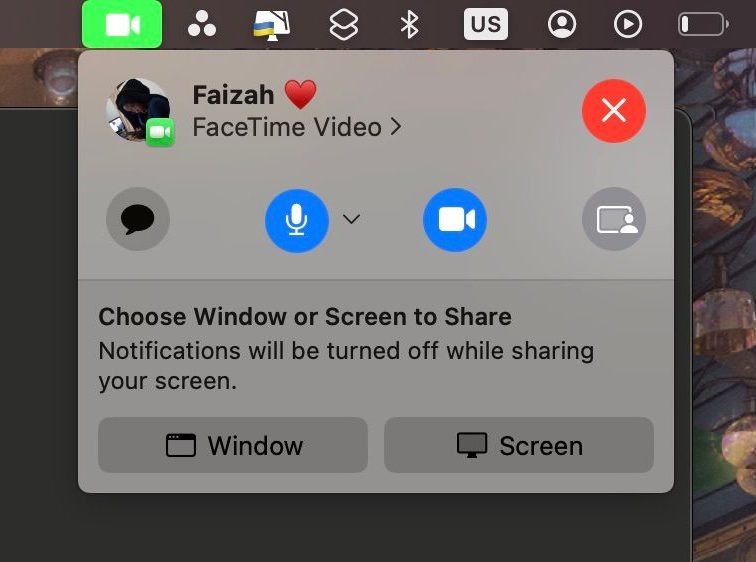Contents
Intro
Balancing FaceTime and YouTube on your MacBook can sometimes feel a bit like juggling flaming swords—tricky and a little daunting, right? If you’ve ever found yourself in the middle of an important video call while trying to enjoy some YouTube vibes at the same time, you know what I mean! But don’t worry; I’m here to help you figure out exactly how to balance FaceTime and YouTube on your MacBook without losing your cool. Together, we’ll dive into the nuts and bolts of audio control and all the settings you need to make this seamless.
Understanding Audio Control on MacBook

When it comes to managing sound on your MacBook, the first thing to understand is the variety of audio settings available to you. From adjusting the volume levels to finding the right audio balance, MacBook users have a treasure trove of options at their fingertips.
Overview of MacBook Audio Settings
Your MacBook isn’t just a powerhouse for productivity; it’s also pretty adept at handling audio. Go ahead and explore System Preferences > Sound. Here, you’ll find various options for output and input. Knowing where these settings are located is the first step to mastering your audio experience.
Types of Audio Controls Available
You can also access sound controls directly from the menu bar. Click the speaker icon to adjust the output levels and see the available audio devices. Plus, if you’re using external speakers or headphones, they can often be managed right there too! And let’s not forget about the separate volume controls available for FaceTime and YouTube through each specific platform.
Balancing FaceTime and YouTube Volume

Now that you’re familiar with the audio controls, let’s jump into how to balance FaceTime volume with YouTube audio.
Adjusting FaceTime Volume
To start with FaceTime, you can easily adjust the audio settings during a call. Simply grab your MacBook, open FaceTime, and before starting your call, dive into those volume controls.
Accessing FaceTime Audio Settings
1. Open FaceTime.
2. Start a call.
3. While on the call, click on the Audio button to access volume options.
4. Now slide that volume up or down as needed!
Recommended Volume Levels for Calls
Honestly, I suggest keeping your FaceTime volume around 70-80%. This way, you’ll hear your friends just fine without blasting it. And if you find it too loud while watching a YouTube video, you can always dip down a little!
Adjusting YouTube Audio
When you’re on YouTube, managing the audio is equally important. Thankfully, YouTube allows for easy adjustments.
Accessing YouTube Volume Settings
As you play a video, simply move your mouse over the video. You’ll see a little speaker icon at the bottom left. Click it, and voila! You can adjust your YouTube audio level.
Recommended Volume Levels for Media Playback
For YouTube, I typically keep the volume at about 60-70%. That way, you get a crisp sound without it overshadowing your calls on FaceTime.
Tips for Effective Audio Management

Managing audio between FaceTime and YouTube requires a bit of finesse. Here are some tips I’ve gathered to help you multitask like a boss.
Using System Preferences for Audio Balance
Your MacBook’s System Preferences is your best friend. Just head over there and explore audio settings. You can turn off sounds that may interfere with FaceTime or YouTube, leaving you to enjoy your content without distractions.
Utilizing Third-party Audio Mixing Software
If you’re heavy on multitasking and need something even more powerful, consider third-party audio mixing software like Audio Hijack or Soundflower. They let you control each app’s audio independently, giving you the freedom to customize your experience.
Techniques for Multitasking with Audio
One thing I’ve found super useful is learning to switch quickly between apps. You can keep FaceTime open while watching videos silently, then adjust the volume for FaceTime while you chat it up with your pals. Quick tips and shortcuts can save you a lot of hassle.
Troubleshooting Common Audio Issues
Okay, we’ve tackled the basics, but what about those sneaky audio issues that sometimes crop up? Here’s how to handle a few problems that might arise.
Disconnects and Poor Audio Quality in FaceTime
If you notice call quality dropping, check your internet connection first. Poor connectivity can often lead to audio issues. If the connection is solid, try adjusting the FaceTime settings. Maybe your volume is too low to hear clearly.
Low Audio Levels on YouTube
If the audio levels seem low while using YouTube, make sure you haven’t accidentally muted the tab. Also, check the audio settings in YouTube and your system preferences. Keeping those well-balanced is key!
Solutions for Simultaneous Playback Problems
If you experience problems when trying to play FaceTime and YouTube at once, it might be due to audio conflicts. Switching the default audio output can often clear this up. This way, your MacBook knows exactly which sound to channel where.
Conclusion
Balancing FaceTime and YouTube audio on your MacBook doesn’t have to be a struggle. With the tips and tricks shared here, you’ll be navigating your audio settings like a pro in no time. If you found this info helpful or have any questions, let me know in the comments! I’d love to hear your experiences or any tips you might have. And don’t forget to explore more content on our website, Iphone7price.org for all things Apple!



